Fast Weight Loss: Scientifically Proven Strategies for Quick sustainable Results

How to achieve fast weight loss with our proven strategies. Discover effective tips and techniques for quick results and a healthier you.
Get Fast Sustainable Weight Loss Results with Our Proven Strategies Backed by Science
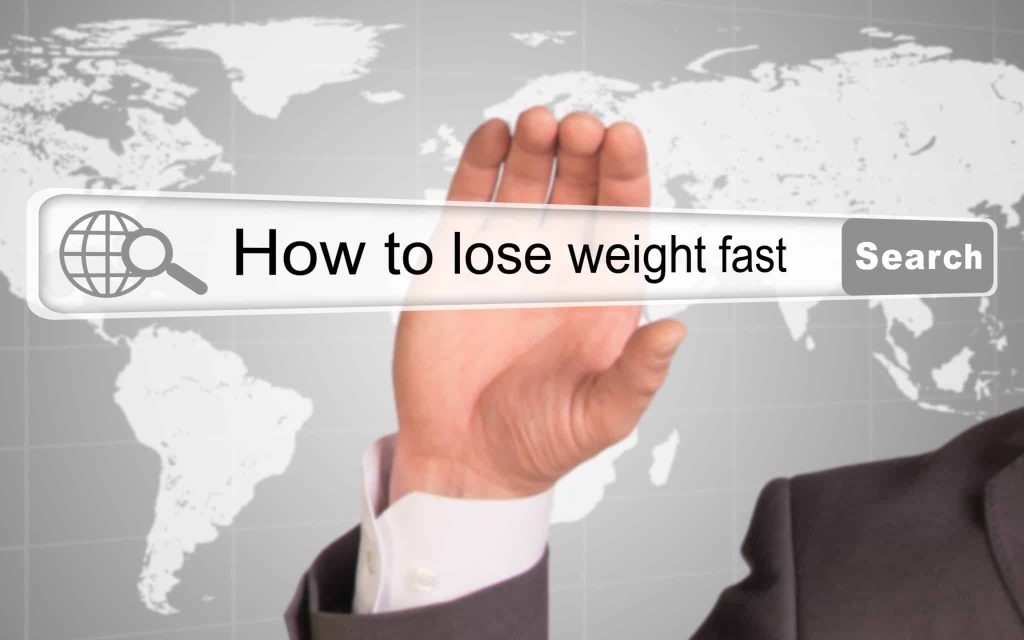
Are you tired of trying every fad diet and exercise plan only to see minimal results? Do you long for a way to achieve fast and sustainable weight loss? Look no further! We have the solution you’ve been searching for. Our proven strategies are designed to help you get the weight loss results you’ve always […]
Why Stretching Is So Important
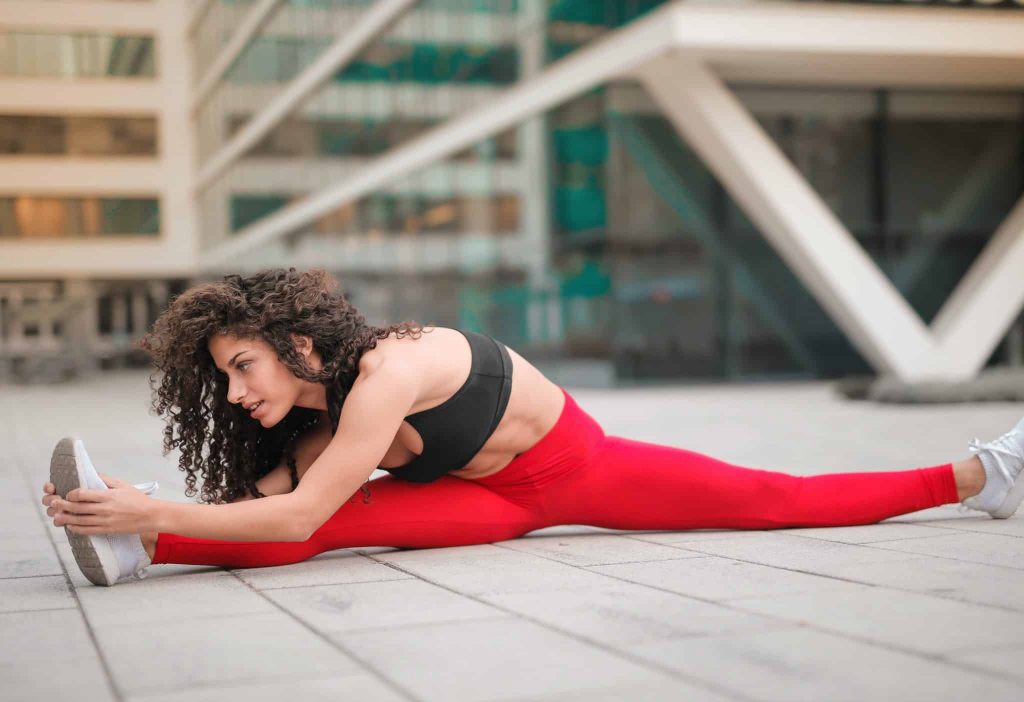
When you think of stretching, most people picture stretching when you first get up. Stretching wakes and warms the muscles and is usually accompanied by a yawn. Animals do it, too. It’s called pandiculating. Stretching should also be part of your exercise program and be more than just a stretch getting out of bed. It […]
8 Reasons Why Spring Is the Best Season

Pleasant Weather: Spring is often characterized by mild temperatures, making it a comfortable time to spend outdoors. The transition from colder to warmer spring weather is refreshing and allows for more outdoor activities without feeling too hot or cold. Colorful Blooms: Spring is known for its vibrant, colorful blooms as flowers blossom. Seeing fields of […]
The Difference Between Cardio And Weightlifting
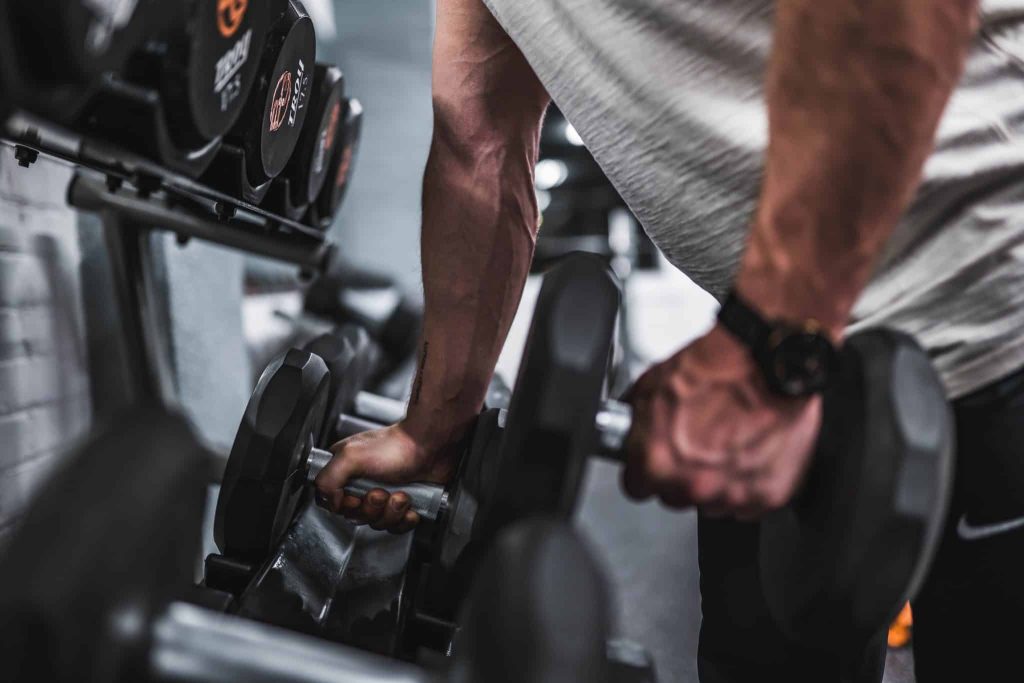
If you’re doing more cardio but not getting the desired results, vary the types of exercise you do. Cardio torches calories and boosts your cardiovascular system. However, the calories it burns are both from fat and muscle tissue. The more muscle tissue you have, the more calories you burn. That’s because muscle tissue requires more […]
Unusual Workout Places

Many people in Massachusetts find it hard to exercise because it’s boring. Others feel it’s unnatural to create extra effort and work for your body. You can overcome those objections by making your workout more fun. It can go a long way to boosting your enthusiasm for exercise. One way to do it is to […]
Increasing Iron Can Increase Performance
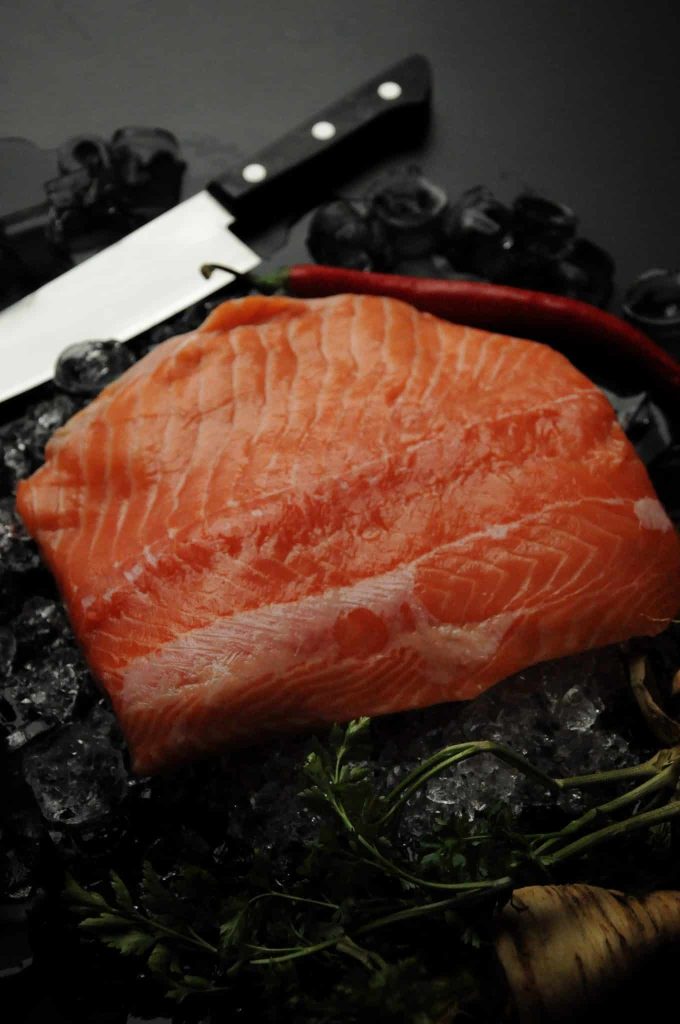
It’s easy to understand how iron deficiency anemia could lead to poor performance in the gym, but did you realize that even a minor deficiency can set you back? Iron is necessary to create the hemoglobin in the blood and myoglobin in the cells. Hemoglobin takes the oxygen from the lungs and sends it to […]
Best Fat-Burning Foods
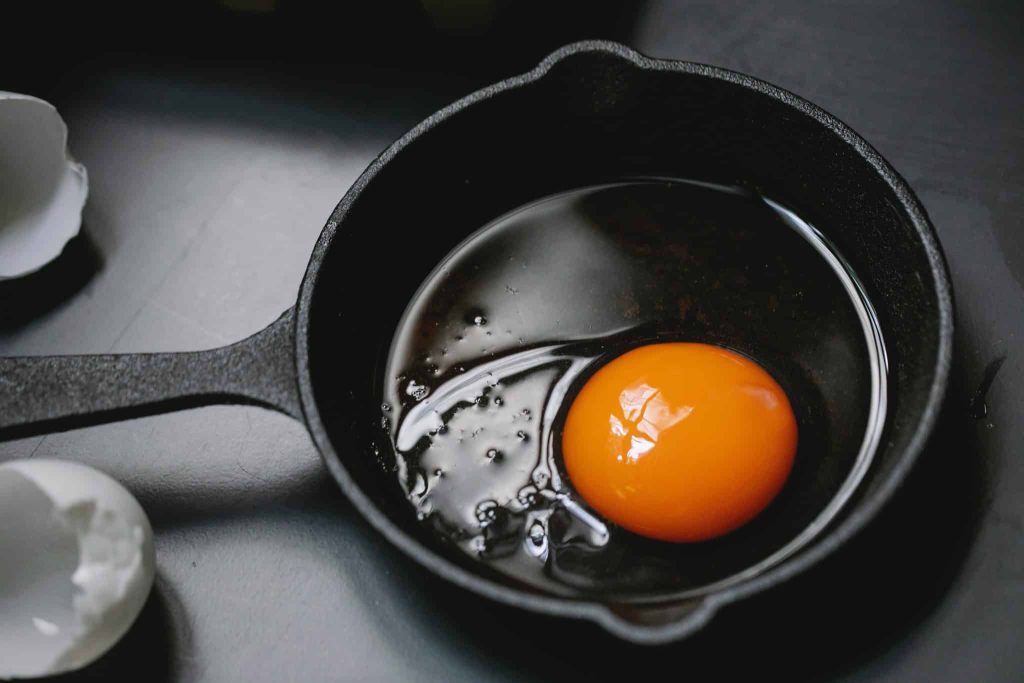
Most people understand that simple carbohydrates digest quickly and immediately increase blood glucose levels. What some may not realize is that foods that take more effort for the body to break down, may burn more calories than they contain. These fat-burning foods have a thermogenic effect. The thermogenic effect considers the number of calories it […]
Why You Should Add Stretching To Your Fitness Routine
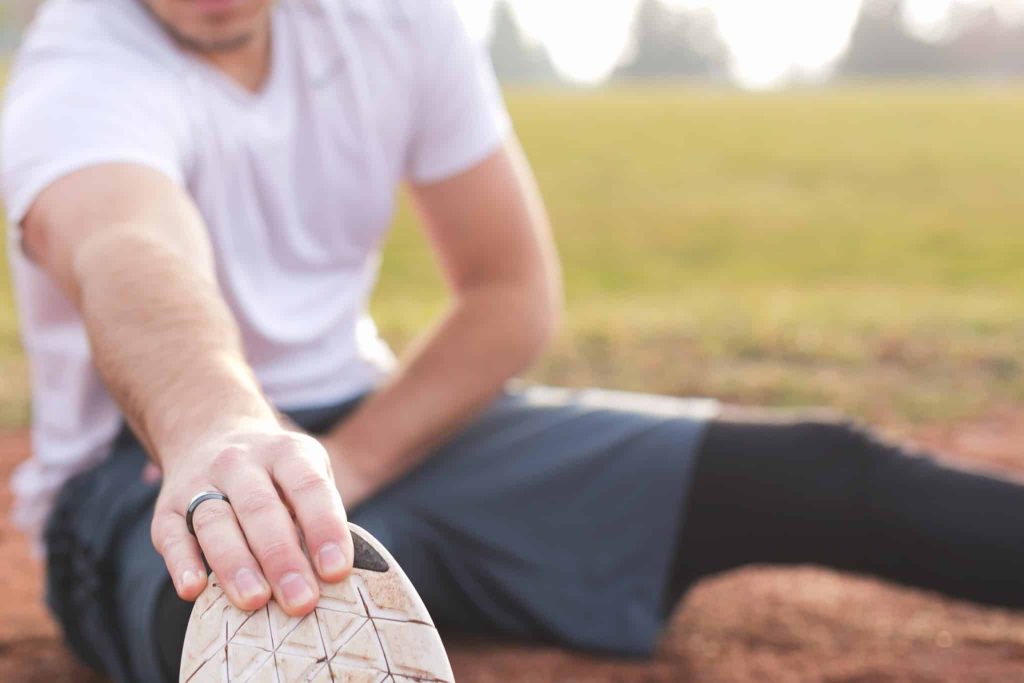
We love helping people in Massachusetts to develop a fitness routine. You should include all types of exercises, such as resistance exercises for strength and cardio exercises for endurance. You also need to ensure there are core exercises for balance and stretching for flexibility. Including stretching in a workout is vital. It helps warm the […]
Benefits Of Group Fitness Classes
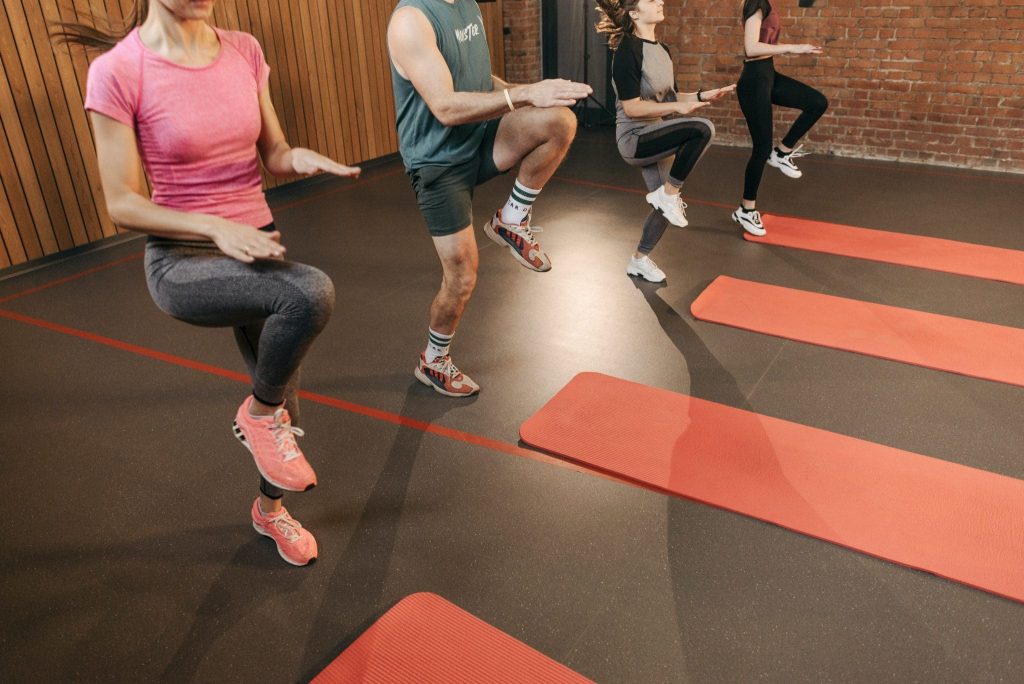
Statistics show that people get fit faster when they have the help of a personal trainer, but not everyone can afford one. Many of those same benefits can come from joining group fitness classes. It’s especially true when a personal trainer leads the class. You’ll get a program designed specifically for your needs with modifications […]